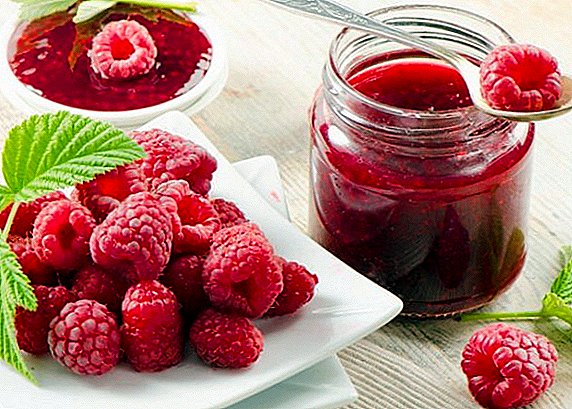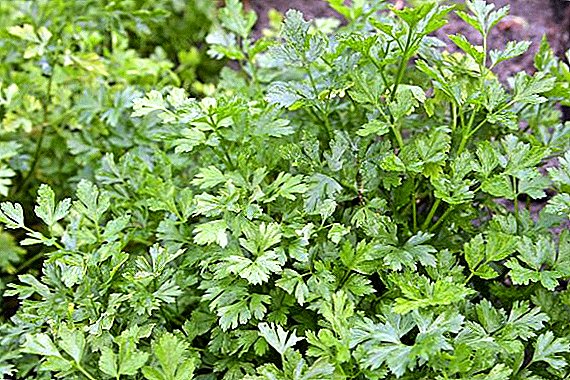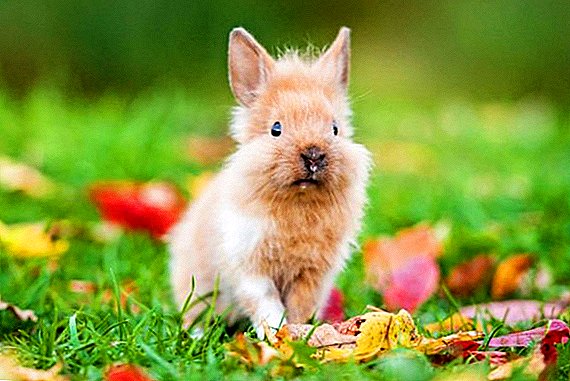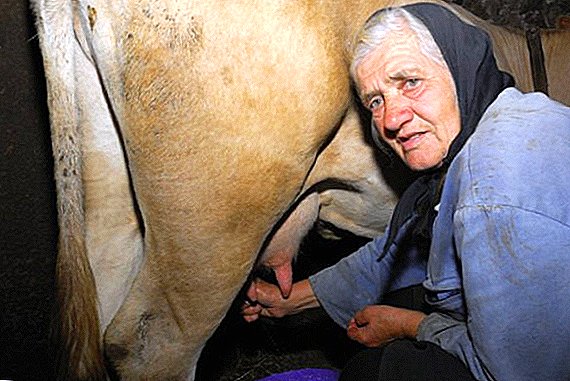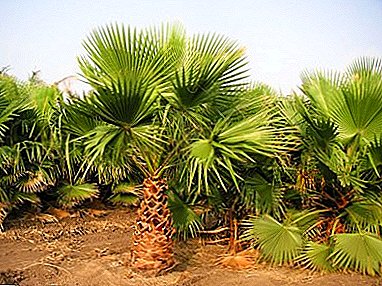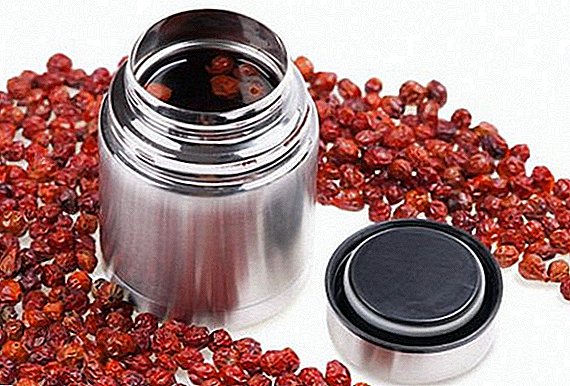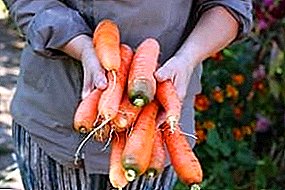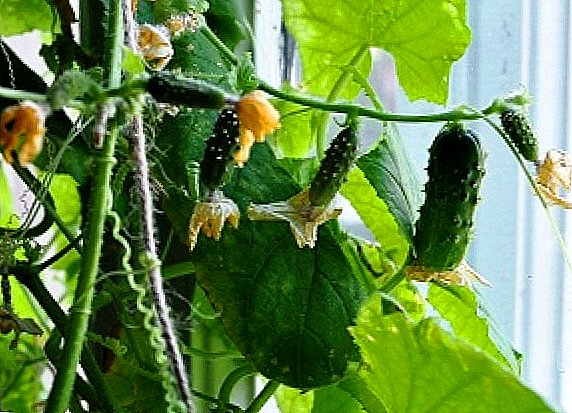
This popular vegetable crop has more than two thousand species. Its homeland - Central America, it was from there in the 15th century the plant came to Europe, and then got to Russia.
Despite the fact that the vegetable is thermophilic and capricious, many are engaged in growing it in their household plots.
Features of growing
This real storehouse of vitamins, thanks to this, it is popular all over the world. It is used in raw and heat-treated form. But getting a rich harvest is not so easy.
Variety selection
 Their diversity can capture the imagination. Fruits differ in color, size, taste, ripening. For success, be guided by the conditions in which it is supposed to cultivate the crop.
Their diversity can capture the imagination. Fruits differ in color, size, taste, ripening. For success, be guided by the conditions in which it is supposed to cultivate the crop.
Consider the following conditions:
- Early or mid-season. The best is the selection of varieties to maximize the period of harvesting fresh fruit. Selected varieties with different ripening. Early: Prometheus, Marconi, Belozerka. Mid-season: Swallow, Dobrynya Nikitich, Snow White, Health, Vitamin.
- Conditions. Varieties differ in the recommended method of cultivation. Most of them are intended for greenhouses and greenhouses (Kakadu, Raisa, Red Baron). But there are hybrids that can be cultivated in the open field (Belladonna, Isabella, Gift of Moldova, Atlas, Cheerfulness). There are also varieties that can be grown at home (Chanterelle, Winnie the Pooh, Carat, Dwarf, Medal).
- Height. A parameter that also needs to be considered. For example, tall varieties can not be grown in greenhouses.
On our site you can learn about other varieties of pepper: Chile, Cayenne, green pepper-peas, white pepper-peas, Jalapeno, Atlas, Habanero.
How to grow seedlings
 In determining the time of sowing, they are guided by the time of planting in greenhouses or open ground. The culture has a long growing season, so they sow it before all others. This is usually the middle or end of February, depending on the variety. Late and mid-ripening - sown before.
In determining the time of sowing, they are guided by the time of planting in greenhouses or open ground. The culture has a long growing season, so they sow it before all others. This is usually the middle or end of February, depending on the variety. Late and mid-ripening - sown before.
Seeds must be treated in a one-percent forty-degree solution of potassium permanganate for 30 minutes. After that they are washed and placed in a wet piece of cloth. 3-4 days kept warm for them to hatch.
After processing, placed in separate cups. Experienced gardeners advise precisely individual planting, as the pepper does not tolerate the transplant.
Cups with a loose substrate (humus -2 parts peat or sand - 1 part, land - 1 part) is installed in a box or on a pallet. After sowing, they are covered with polyethylene and placed in a warm (25-300) place.
Shoots appear after 6-7 days. The film is removed, and the temperature is reduced to 18 degrees. In this mode, the shoots are kept for seven days, so that they are not stretched.
Care
 If you planted pepper in a general container, in the phase of 3-4 leaflets it is worth uncorking it. Do not delay with this process, as more adult plants take root worse.
If you planted pepper in a general container, in the phase of 3-4 leaflets it is worth uncorking it. Do not delay with this process, as more adult plants take root worse.
Seedlings should not be watered often, because of this, it affects the black leg fungus. In the phase of the first three leaves, it is fed with a mixture of potassium, superphosphate and urea.
If the room is not bright enough, you need light, especially in the first weeks, to prevent pulling, thinning the stem.
After the formation of the eighth leaflet is re-feeding. This period is especially important for development, as it lays flower buds - the basis of future fruits. A bright period in February-March is needed from 7 to 9 o'clock in the afternoon.
A prerequisite is hardening. When heat is installed on the street, the drawers are removed and installed in a shaded, protected from the wind and draft.
Landing in the ground
The most acceptable way of growing is greenhouse or under film. The yield of this heat-loving culture in the open field is not high.
Before planting seedlings put on the intended landing site - in the greenhouse or greenhouse for acclimatization. Watering drastically reduced, but increased daylight hours.

To prevent the plants from getting sick, they are treated copper sulphate or bordeaux mixture.
With the pot method, the seedlings are watered in two days before planting, in boxes the day before. In addition, in the ground before removing make a knife with a knife on the entire height of a coma across the row.
After teething plentifully watered. Such a technique will cause the growth of small roots, and it will take root more quickly during transplantation.
Peppers are planted in greenhouses at the end of May, and in open ground in mid-June.
On the cultivation of pepper in greenhouse conditions, read the article on our website.
Where to plant
Pepper can't plant after potatoes, tomatoes. The best predecessors for him are cucumbers and cabbage, onions, carrots, and zucchini are also permissible.
Such a crop rotation provides optimal soil nutrients and disease prevention. Re-cultivation in the same place as in the previous year, reduces the yield, contributes to the defeat of pests and diseases.

It is also important to consider the neighborhood in the garden. Do not put the pepper in a greenhouse with tomatoes, as they need different humidity and temperature. But in the open field such a neighborhood is beneficial.
IMPORTANT. Never put sweet and bitter varieties together. This plant is self-pollinated and the whole pepper on your site will become bitter.
Landing pattern
Cold soil is the main enemy of this plant. Under it make high beds, raised by 30-40 cm, it will put the roots in a well-heated soil.
Peppers are planted in the same mounds with a non-spreading method. When sowing it in open ground, the bed is covered with non-woven material. However, it is possible to grow peppers in open ground without seedlings only in the southern regions.
Plants are placed at 40-50 centimeters from each other, 60 cm between rows.

When disembarking, make sure that the stem does not dive above the level at which it grew before. It is better to move to the ground in the evening so that the sun does not burn the plants. The root will take root for at least ten days, therefore in the open field it is advisable to cover it at night with temporary film covers.
It is necessary to water plentifully pepper when landing, and after that it is better not to water it week. Until the roots begin to absorb moisture, there is a risk of causing rotting due to excessive moisture. Watering produce only warm water. Cold slows growth.
Plant care
Care is watering, dressing and loosening.
- Watering. Every 5 days - in hot weather, once every 10 days - in moderate. This mode is suitable until such time as the first fruits were formed. As soon as the first crop was harvested, reduce the frequency of watering, then new flowers will begin to form.IMPORTANT. Do not water the pepper on top, it reduces its yield. In the heat it can only be sprayed slightly.
- Top dressing. The first is held no earlier than 15 days after disembarkation. The second - in 20-25 days. For fertilizer suitable universal mix or special for peppers.
Once a season, fertilize pepper with mullein. But do not get carried away with nitrogen - it will cause the formation of foliage, to the detriment of flowering. - Garter. Only tall varieties need it. Next to the bushes, pegs are set and the stems are tied to them.
How to shape bushes
When growing in a timely manner, remove excess shoots (stepchildren). This only does not apply to special standard grades, which independently form the crown.
Masking is done very carefully and only when the plant is 25-30 cm tall.

When the plant reaches this height, the top of the head is pinched. Then remove the lowest shoots, leaving the two main, most powerful stem. All excess foliage is also removed to provide better coverage.
In the heat of the removal of shoots should be carried out regularly, as they will be formed abundantly and very quickly. It is also necessary to cut too long shoots out of the bush. In the last week of July, inspect the bushes and remove all the stems without fruits and flowers.
Pests
Of the entire mass of existing pests for pepper, the following are terrible:
- Aphid. This insect is surprisingly omnivorous and eats pepper with pleasure. The leaves at the same time become sticky, curled. Destroy the insect Carbofos or drug Ultra.
- Spider mite. Its appearance is evidenced by white bloom on the leaves. Fighting him with infusion of garlic and onions. You can also use an insecticide.
- Slugs. To avoid their appearance and reproduction, sprinkle ashes or lime on the soil. Well proven drug "Thunderstorm".
Diseases
With a small number of pests, diseases of the peppers are great. The most common and frequently appearing are as follows:
- Blackleg. It develops with excessive watering, especially in combination with cold. The stem becomes sluggish, with black spots visible on it. Prevent this can the right watering. If the disease has already begun, stop watering and treat the bush By the flap.
- Fusarium wilt. The crown begins to bend. Reduce the amount of moisture to overcome the disease. When the lower leaves wilt, which indicates the beginning of the disease, process the pepper Fundazole.
- Vertex Rot. It appears on the fruit in the form of black, gray spots. Cold, damp weather contributes to the development of the disease. Will help cope with it calcium nitrateshrub the bushes.
- Late blight. Disease of wet weather. It affects the stems, leaves, fruits. They appear brown bloom, and then they dry up, the bush quickly dies. Avoid the disease will help the selection of resistant varieties for open ground. Additional processing By the flap or Barrier will not let the disease develop.
Frequent problems
 Pepper is quite capricious and it reacts sharply to any adverse conditions. Frequent problems:
Pepper is quite capricious and it reacts sharply to any adverse conditions. Frequent problems:
- Leaf curl. The cause of the phenomenon is growth defects. In the soil, the lack of potassium or the central vein is stretched out, and the leaves do not have time to catch up with it.
- It is also possible with defeat larvae some pests left in the soil.
- Help to overcome this ailment can spillage the soil before planting manganese solution. Then you should feed the pepper potassium nitrateput around the ashes.
- Pepper withers and dies. A strong bush begins to wither and turn yellow, or the flowers and fruits begin to fall off. This can occur from abrupt changes in conditions when it becomes cold for a while. A heat-loving pepper needs only a few days to get into the temperature below 10-12 degrees, and it will start to wither sharply.
If you grow peppers in the open field, with a cold snap, try to cover the night with any materials. You can put on old bushes on bushes, or put arcs and throw covering material on them.
Features of growing indoor varieties
Some varieties can be grown in a room. They have bushes in flowerpots of rather large volume. If there is not enough space, the fruits will be small and their number will be small.
The pot must be prepared by making drainage holes in it. Expanded clay is poured at the bottom, a layer of sand is placed on it and the container is filled, without tamping, with a mixture of black soil, sand and a small amount of humus. The soil is not rammed. The seed is placed in the pot and covered with a film on top.

Care is to watering, dressing, formation bush.
One of the most frequent problems in growing a house species is its defeat. smoldering. The leaves are twisted, sticky plaque appears on them. The cause of the infection is dry air and insufficient hardening of the plant.
When aphids appear, pepper should be washed with warm water with laundry soap. After treatment, wash off the soap with clean water. You can process pepper infusion of onion and garlic. Also effective in the fight against insects wormwood infusion.
Growing peppers both in open ground and in indoor conditions requires compliance with all rules. Only with this approach can you get a big harvest of this vegetable, rich in vitamins and microelements.
//youtu.be/YbcBtcYcmFA


